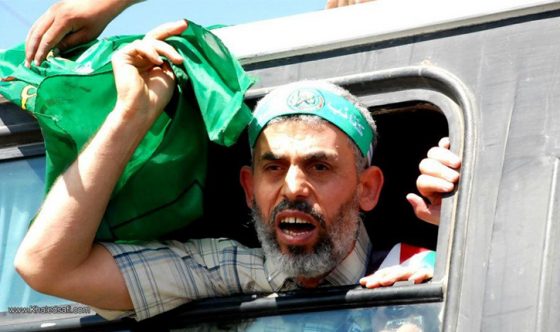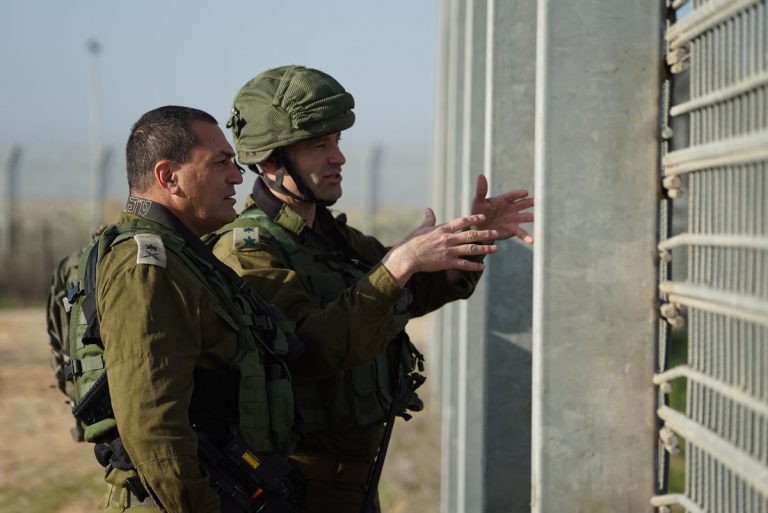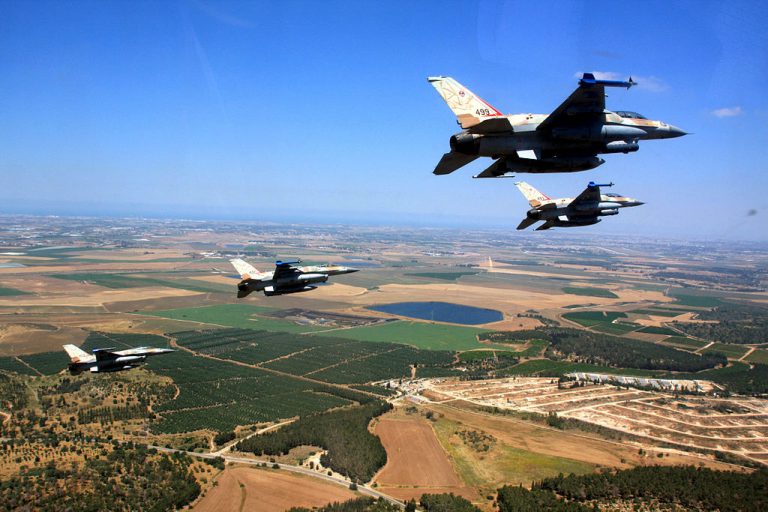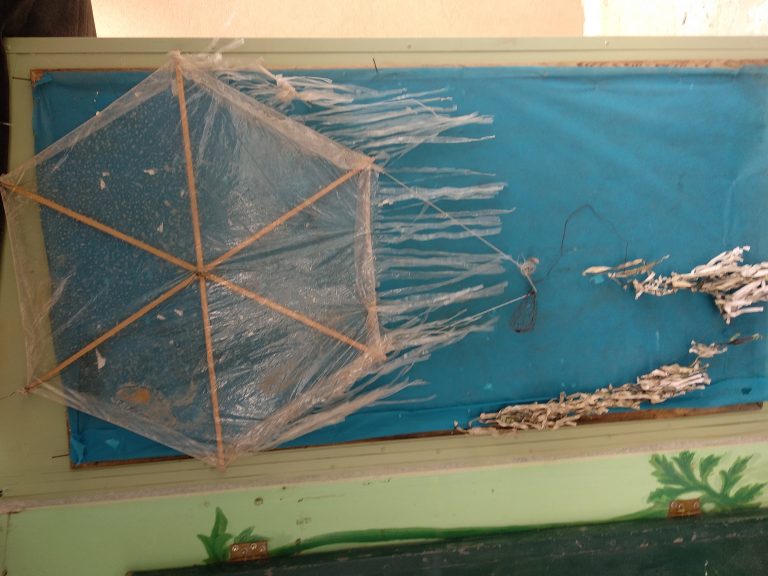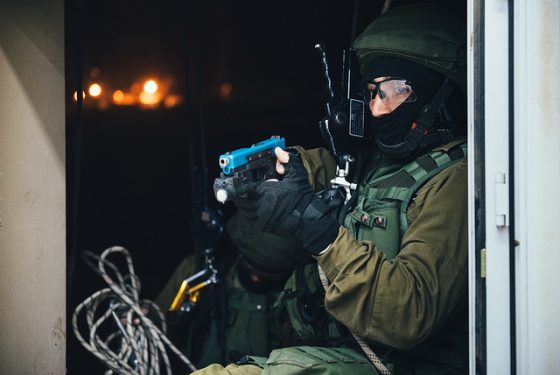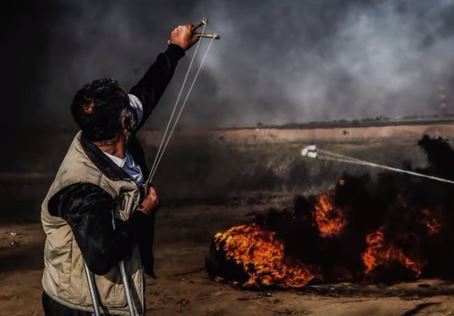This study explores the evolution of the order of battle, material holdings and capability of the Israel Defense Forces (IDF) since their establishment seventy years ago. During this period, the IDF has transitioned from an ill-equipped and low-quality militia to a dominant regional military power. Recent cutbacks in the IDF’s order of battle notwithstanding, Israel can still deploy ground forces equipped with the world’s largest concentration of operational armored vehicles. It has an exceedingly advanced tactical air force capable of generating nearly 2,000 daily fast-jet combat sorties, and is protected by the world’s most advanced and dense national air defense system. It has an effective coastal navy that deploys exceptionally well-armed, advanced small combatants and attack submarines; it has a significant strategic and tactical nuclear capability; and it likely maintains the world’s third-largest inventory of nuclear weapons.



